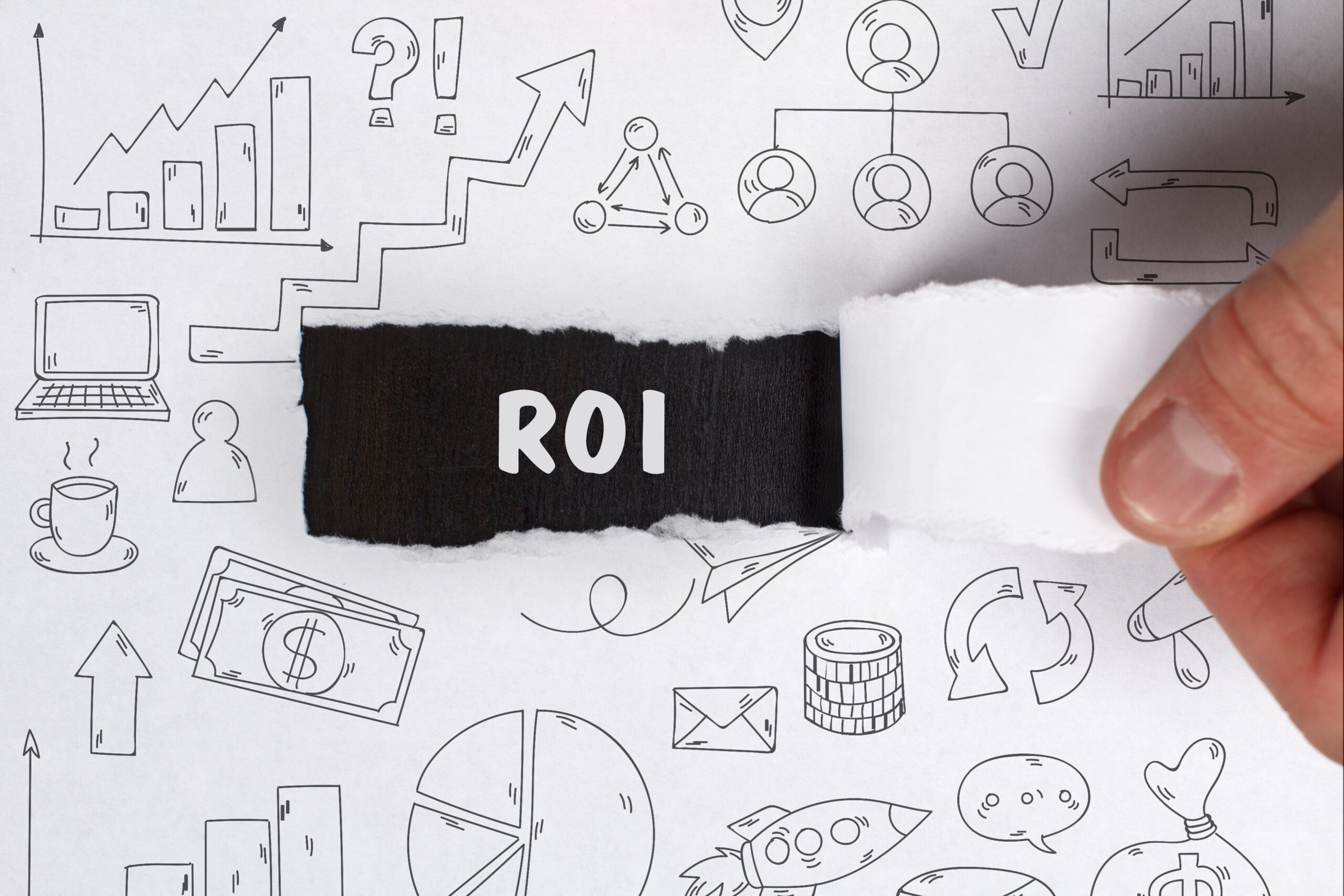



One of the biggest benefits of digital PR is that it’s highly measurable. We’ve got streams of data that lets us understand how every £ we spend is working. Or isn’t. How we can improve it for future campaigns. And what return we’re getting.
But what are the metrics that matter for digital PR? What should we be measuring in 2025 and beyond? And what can we leave in the past?
This blog explores ROI from digital PR. How we can measure it and how we can take the right lessons from our campaigns.
CHOOSING DIGITAL PR METRICS
There are several metrics you can use to track the success of your digital PR campaigns, and these will vary depending on your business and campaign objectives. Let’s take a look.
ONLINE VISIBILITY
It’s one of the fundamental reasons why we do digital PR. The change in your online visibility is one of the most important KPIs to measure – and there are several metrics you can choose, depending on your business.
- Keyword rankings: Rankings are a volatile metric so it’s important not to get hung up on specific keywords, but a general positive trend across your keyword universe is a good indicator of success. This could mean the total number of ranking keywords for your domain, the average position, or both.
- Impressions: A reliable indicator of online visibility, Impressions in Google Search Console highlight how many times your site appears in the SERPs. Factor in the Clicks metric to see which keywords are driving people to the site.
COVERAGE SECURED, REACH & BACKLINKS
Digital PR is all about coverage, so tracking and measuring this is an essential part of your campaign. But let’s break it down.
- Total coverage secured: Keep a record of all the coverage you secure, by campaign. In most cases, a shared spreadsheet for your team will be enough. Include the URL of the coverage itself, the date it went live, the estimated reach/readership of the outlet and the DA/DR scores.
- Estimated coverage views: Alongside the estimated reach of the publication, tools like Coverage Book can estimate how many people saw your specific pieces of coverage, providing a much more meaningful measure of success.
- Backlinks: A vital part of digital PR and SEO, many companies view backlinks as a major measure of success. As part of your coverage tracker, include the total number of backlinks as well as the destination page, the anchor text and whether the link is follow or no follow.There is always debate around the value of followed and no-followed links, but both are equally valuable from a branding and marketing point of view. Followed links used to be considered the best because they pass link equity and therefore can improve SEO. But… nowadays many websites only offer no-follow links as standard practice. And that’s ok.A healthy backlink profile contains a range of follow and no-follow links, and the latter still bring plenty of benefits in terms of visibility, trust and referral traffic.
ORGANIC SEARCH & REFERRAL TRAFFIC
Driving people to your website, either via referral traffic from the links gained or the improved Organic Search traffic from your increased visibility, is a core goal of digital PR. Using Google Analytics, we recommend measuring both Referral and Organic traffic (users and sessions) to the website.
While you can measure Month-on-Month to see the immediate impact of a campaign, it won’t take seasonality and buyer behaviour into account so it may not give you an accurate measure of success. Instead, measuring Year-on-Year performance should give you more reliable insights.
ORGANIC SEARCH REVENUE OR LEADS
As an extension of Organic Search traffic, it’s important to measure the business impact of this, especially when determining ROI. If you’re an e-commerce site, tracking revenue and conversion data for specific landing pages or categories can help you understand the success of your campaigns.
For example, if you’re a homewares retailer and your spring PR campaign is focused on your Garden & Outdoors category, measuring the change in conversion rate and the uptick in revenue of that category, compared to the site average, can indicate that your investment has been successful.
Taking it further you can correlate this to links gained to certain landing pages, improved rankings and visibility, and increased traffic. If you’re a B2B organisation, you can assign a value per lead and converted lead to determine the ROI of your campaign.
BRAND OR KEYWORD MENTIONS
Using listening tools such as Cision, BrandWatch, Meltwater or Vuelio can allow you to track mentions of your brand, or a specific keyword associated with your campaign, across multiple channels such as media, social media, video and more. Especially useful for product launches, news stories or rebrands, it can be a great way of determining how well your campaign is cutting through to your target audience(s).
SOCIAL MEDIA ENGAGEMENT
As part of tracking your brand mentions, the same tools can be used to track social media engagement and sentiment. Whether it’s on your own social posts, those of influencers or websites that you’ve worked with or just the general public, you can measure how people are interacting with them in the form of likes, comments and shares etc.
Likewise, sentiment analysis means you can determine how people are reacting to your campaigns and your brand as a whole. Not only can you understand whether it’s positive or negative, but you can create word clouds and collect data on the language that’s being used and take these learnings into your future campaigns.
MEASURING PR ROI
As the amount of data and analysis tools we have grows, and businesses are ever-more careful with their budgets, measuring and proving ROI is as important as ever. Brands now want to get the right message to the right people to make sure that every £ they spend is worthwhile.
Fortunately, with the right approach to measurement, you can make sure you communicate your success with clarity and the right story behind it. Clients and brands want a range of different things from their digital PR budgets, and ROI remains the most important metric.
If you need help devising and implementing successful digital PR campaigns, don’t hesitate to contact us. We can put our years of experience into action to get you the results you need.
SAY HELLO
We’d love to have a chat about your business, and how our expert digital and PR services can help. Now you know our name, it’s time that everyone knew yours.


